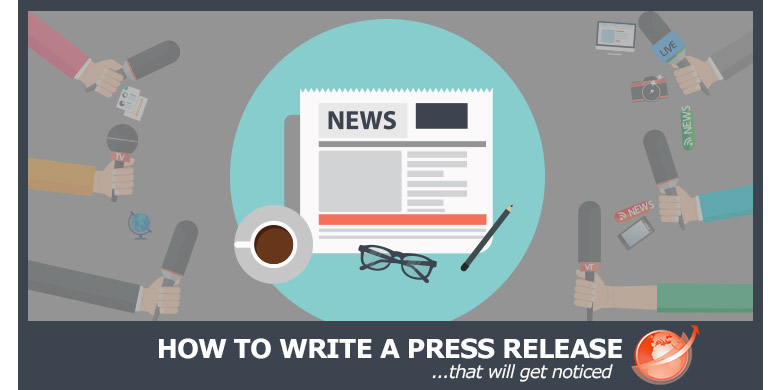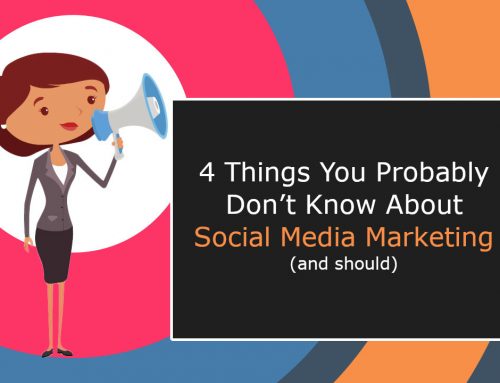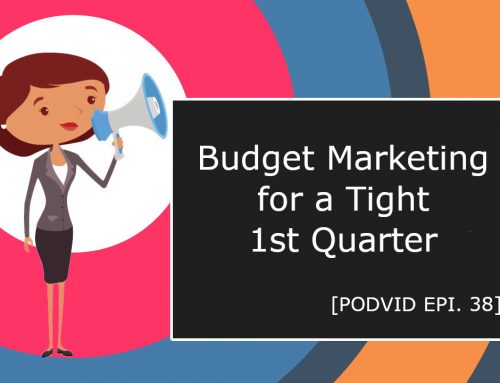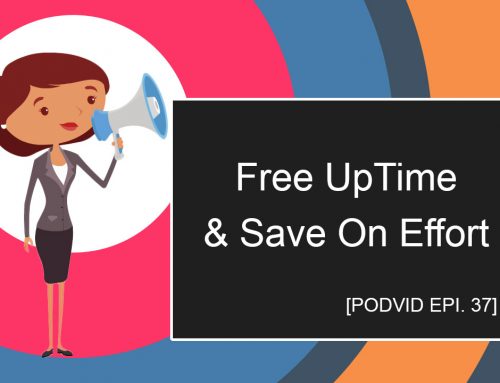…that will get you noticed
You may have heard or read about press releases being the big secret every marketer uses to pair their names with major publications like the New York Times or the Wall Street Journal. The trouble with typical press releases is that the grand majority of them are never read in their entirety, or even opened at all. There are some compelling reasons for this, and ways to fix this as well… read on.
Press Releases - What's Important!
- research, research, research
- make it personal
- ensure high quality
- don’t use “biz-blab”
- make it a story worth reading
- use featured quotes from reputable sources
- make use of eye-catching headlines
When it works 🙂
When a press release works, the heavens open and choirs of angels sing praises to the person who wrote such a masterpiece. New prospects want to talk to your business thanks to something you’ve done that is much cheaper than paid advertising with even better reach… not really.
The Truth Hurts
Hate to break this to you, but most press releases never get anywhere. This doesn’t stop people from trying to get the above scenario to happen however, and in doing so – they end up making reporters angry and irritated as well as sometimes making their company look like fools. What works in marketing blog posts, the typical “Biz blab” whereby a company uses a lot of fussy words to say something which can be said with less, doesn’t get anywhere in a press release.
For example, a reporter got quite the laugh out of a press release whose title said, “Release 6.0 doubles the level of functionality available, providing organizations of all sizes with a fast to deploy, highly robust, and easy to use solution to better acquire, retain and serve customers.”
That’s quite the mouthful and it says basically nothing. This is the perfect example of “Biz blab” because it tries to make something sound big and important, when it really just comes off as pretentious and as a waste of time. The reporter reading that title stopped there, and didn’t even read the article because he assumed that a 6.0 release, with a pretentious title probably had nothing to offer, and he also assumed that the company’s marketing team was a bunch of idiots. The fact that he considered them idiots is what got published.
If you want to know more about what they really think of those “awesome” press releases? Read on here, it’s pretty cringe-worthy.
How to Get it Right!
Maybe the best piece of advice we can give, is to do your homework first. Research the reporter, and actually READ what they write about. This will help you figure out their “beat” which is industry lingo for their particular area they write about regularly, like those who cover business news, or those who cover tech.
You can avoid being insulting straight away by writing to someone who has less than nothing to do with your market or industry. There would be no reason to try and contact someone who writes about historical finds and archaeology if you’re trying to market a wordpress plugin. You could however, find the right angle about that plugin that makes it “cutting-edge” and something that is unheard of yet to market to the person who covers website tech advancements and news.
Reporters are not immune to flattery, and if you’ve read and like their work, they’re more likely to listen to what you have to say, but keep it short, catchy, and interesting. You need to make sure you summarize your subject within the VERY FIRST PARAGRAPH.
Make it Personal
Don’t stop with researching your desired reporter and publication outlet, you want to make sure you don’t just start your correspondence with your press release, you want to talk to them at least once first and send them something personal that will resonate with them and give them an interest in you, but keep it very short and value that they’re busy people.
Quality Counts
Reporters write in specific ways, they’ve gone to school for this and take great pride in what they put out for publishing. Don’t just assume that “anyone” can do it, because it takes time, skill, and practice. Slips in punctuation, grammar, spelling and format all count against you and lessen the chances your press release will be published. If you’re not completely certain that your writer or team can give you something of this quality, you can always hire an out-of-work reporter, there are plenty of them around who will gladly help for a small fee.
No Biz-blab
Don’t stuff your press release full of pretentious words which use up a lot of space, and say very little in exchange. Get right to the point, and write the press release as an actual story worth covering, instead of an angle. It needs to read and feel like an actual article you’d read in the newspaper or a magazine as it stands. The less editing it needs, the more likely it is to be featured.
Have a Story Worth Reading
It’s not enough to just think of a newspaper as a free advertising source, you need something that is actually newsworthy in the first place. If you’re selling some shady skin cream that is supposed to exfoliate the body overnight with little evidence to support this claim and you want a paper to cover your advertising for this cream with your outlandish claim… (good luck with that)
You need to have something worth talking about, and explain in concrete detail, data and statistics why it works, and why it matters. You need to answer the classic “who, what, when, where, and why” statements as a standard, without the story getting overlong or overly salesy.
Feature Quotes
You’ll want to include quotes from a source you’ve interviewed yourself and gotten permission from the person to publish. Quotes help provide a piece with memorability and makes it personal as well as lending some extra authority.
Headlines!
This is probably, strangely, the most important part. Why? Because it needs to catch the eye of the reporter enough to be read. If it does, it might do so for the audience you hope to reach as well, which is the reporter’s bread and butter.
Check out some newspaper headlines for ideas of how it should appear and copy that format. You also want to use some sort of data which is appealing to the reader, like the main point of what you’re hoping to “sell” to them. If your product can actually increase engagement (WITH PROOF) up to 200% then include it in the title!
You want to use strong language in your headline (not profanity) meaning – words that will instantly gain attention, and which is illustrative without being too wordy.
Gimmicks like using alliteration also work. Alliteration is when you use the same first letter to start each sentence. Tongue twisters are a great example of this. You could have a headline that says, “Jimmy John’s Giant Jobs Jumps off in June!” This could work if you were launching an employment finding site in June, and works because it uses alliteration for the majority of the sentence, the same sound or letter is used to make the sentence sound lovely to the ears.
“Don’t use caps, they’re annoying, not interesting, and are considered to be yelling in almost every part of the world. They don’t actually draw more attention in headlines, they put people off.”
Lastly?
Write the headline last.
You want the headline to be the banner-man for your entire press release and it is easily the most important. You don’t want to write it first and then end up limiting how you’re writing the press release to fit the “perfect” headline. Write first, do the headline last – giving it most of your time.
Some great examples of what works can be found here.






![Do you know BERT? [Google SEO]](https://magiwebsa.com/wp-content/uploads/2019/11/podvid-epi35-cover-500x383.jpg)